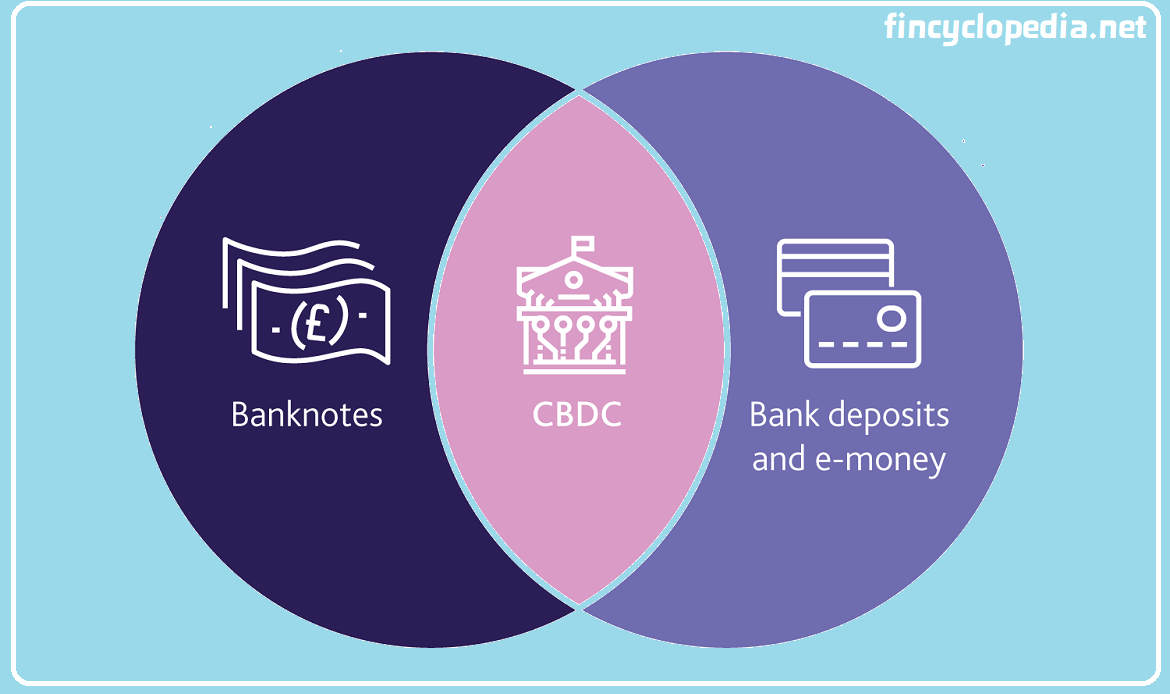The interest that results from adding interest to the principal amount (loan, deposit, debt, etc). In this sense, interest earned on initial principal will be treated as a principal per se, and therefore interest is said to be earning interest. Compounding allows a principal to grow and invested money to accumulate at a faster rate. The more times interest is compounded per annum or a respective period, the faster the principal grows and the higher interest will accumulate. The following formula is used in figuring out compound interest:
Compound interest= principal x [(1+ rate) time – 1]
For example, the compound interest for a two-year loan of USD100 bearing an interest rate of 5% is
Compound interest= 100x [ (1+ 5%)2 -1]= USD10.25
Had simple interest been calculated, the interest amount would have been USD 10, rather than USD 10.25. In this case, the “interest on interest” portion is USD 0.25, which constitutes the difference between compound interest and simple interest (10.25 minus 10).






